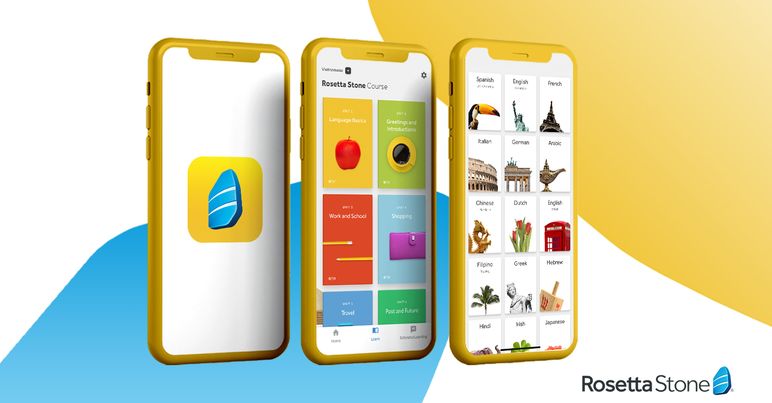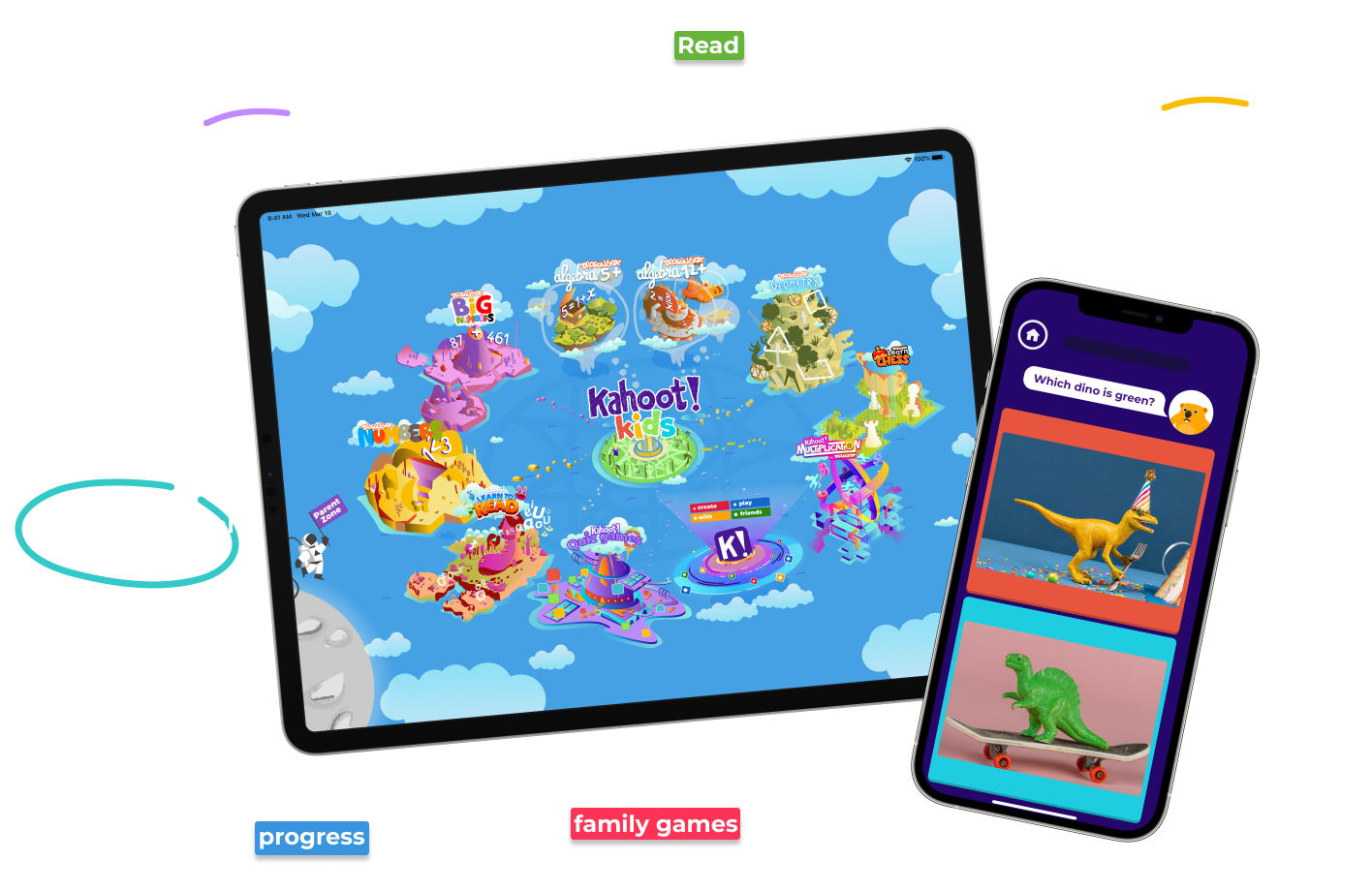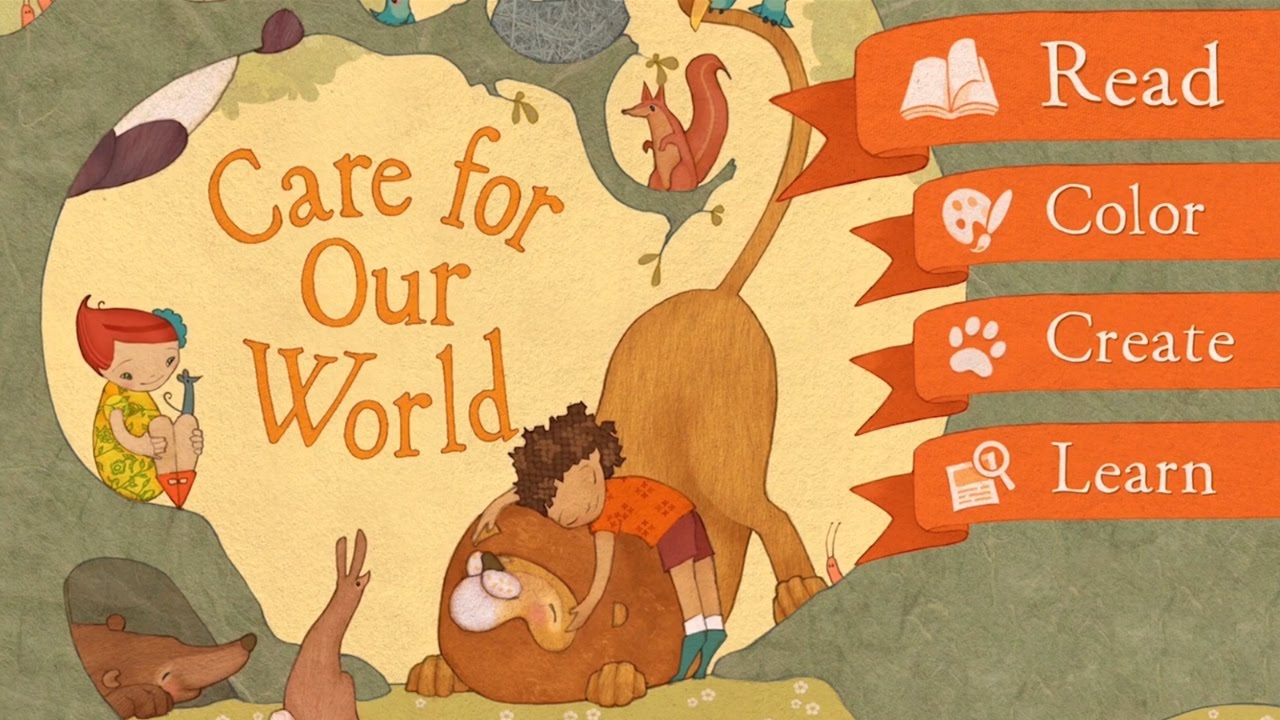In the rapidly evolving landscape of education, integrating Educational Technology (EdTech) has become a pivotal factor in shaping successful learning environments. The journey to effective EdTech implementation, however, is layered with complexity. This comprehensive guide outlines a step-by-step approach to navigating this journey, drawing on real-world case studies that exemplify successful strategies and practices.
Assessing Needs and Setting Goals
The first step in any successful EdTech implementation is a thorough assessment of educational needs and technological readiness. This involves understanding the specific learning outcomes desired and how technology can support these goals. A prime example is Khan Academy (Khan Academy), a platform developed to provide free, world-class education for anyone, anywhere. Their success lies in their clear understanding of the educational gaps they aimed to fill and setting specific goals to achieve this.
Choosing the Right EdTech Tools
Once goals are set, the next step is selecting the appropriate EdTech tools. This selection should align with the educational needs identified in the assessment phase. Prodigy Math Game (Prodigy Math Game) serves as an excellent case study. The game was chosen by numerous schools for its alignment with curriculum standards and its ability to engage students in math learning through a fun, interactive platform.
Planning and Budgeting
Effective planning and budget allocation are crucial for EdTech initiatives. This step involves determining the financial resources required and how they can be optimally allocated. EdTech startups often provide insightful models for budget planning. Websites like Crunchbase (Crunchbase) offer various examples of how startups in the EdTech space secure funding and plan their budgets effectively.
Infrastructure and Accessibility
The right infrastructure is a prerequisite for successful EdTech implementation. One Laptop per Child (One Laptop per Child) is a notable initiative that addressed infrastructure challenges by providing low-cost laptops to children in developing countries, thus enhancing their access to educational resources.
Training and Professional Development
For EdTech tools to be effectively integrated into teaching, ongoing teacher training and professional development are essential. Google for Education (Google for Education) is a prime example, offering a range of training programs and resources to equip educators with the necessary skills to use their tools efficiently in the classroom.
Implementation and Integration
Effective implementation and integration of EdTech tools into the classroom is a critical step. Singapore’s approach to integrating technology in education is a successful model to consider. The Ministry of Education, Singapore (MOE Singapore), has implemented a well-structured plan to integrate technology in schools, ensuring that it supports and enhances learning.
Monitoring, Evaluation, and Feedback
Continuous monitoring, evaluation, and feedback are vital for the improvement of EdTech implementation. Canvas LMS (Canvas LMS) exemplifies this through its platform, which incorporates feedback mechanisms to continually enhance its offerings.
Scaling and Adapting
As educational needs and technology evolve, scaling and adapting EdTech solutions are crucial. Duolingo (Duolingo) demonstrates an effective approach to scaling and adaptation, having evolved over time to meet the changing needs of language learners worldwide.
Conclusion
Implementing EdTech successfully requires careful planning, informed decision-making, and continuous improvement. By following these steps and learning from real-world examples, educators and institutions can effectively integrate technology into their teaching and learning processes.
Closing Note
Embracing these steps and continually seeking innovative ways to integrate technology into education is essential. The evolving nature of EdTech, with its vast potential to transform learning experiences, calls for a dynamic and adaptable approach. As educators and institutions navigate this journey, the examples and strategies outlined here can serve as a valuable guide to achieving success in EdTech implementation.









0 Comments